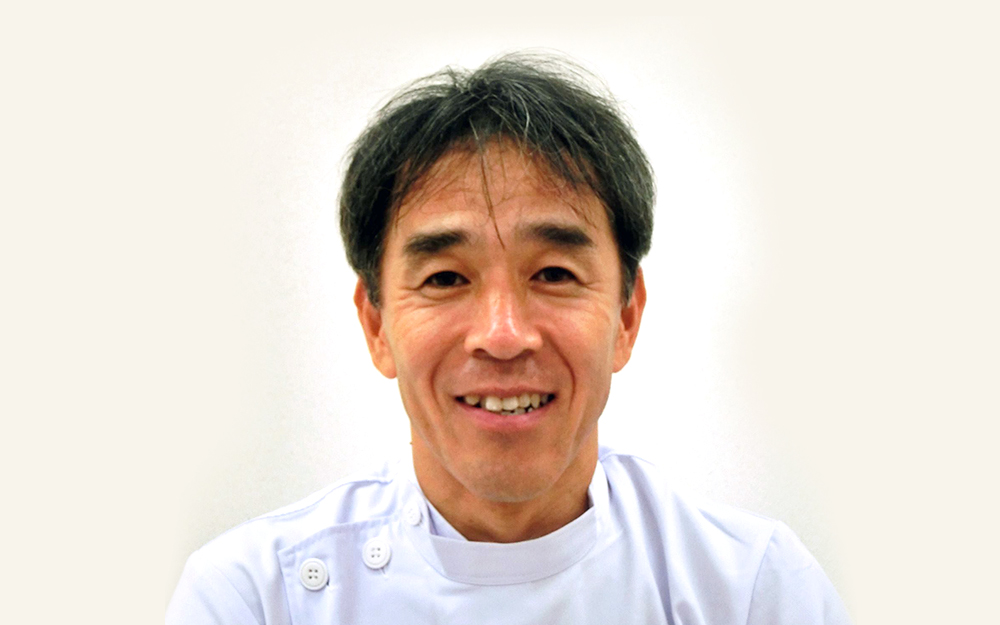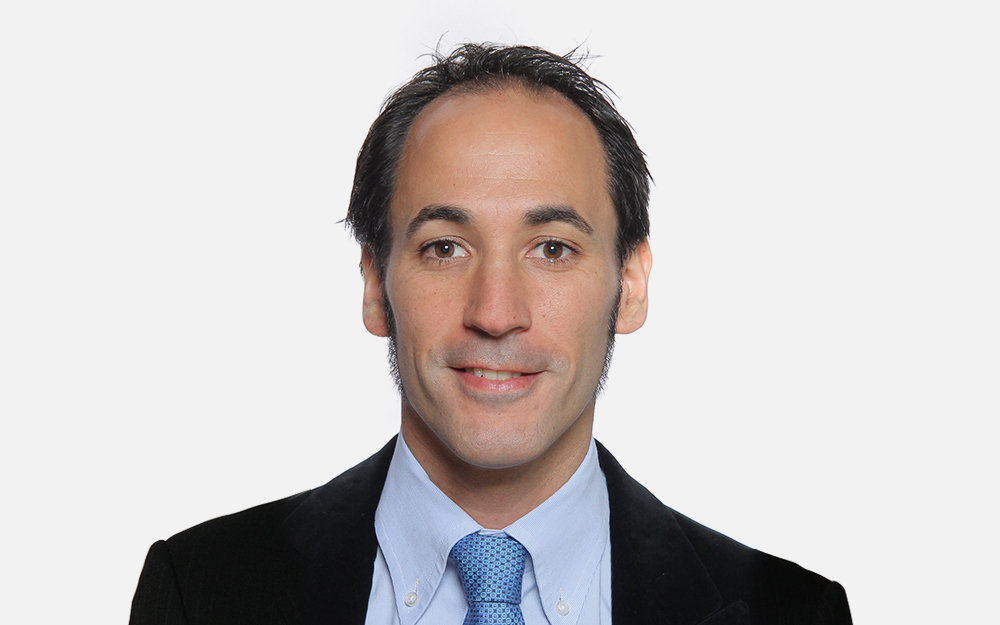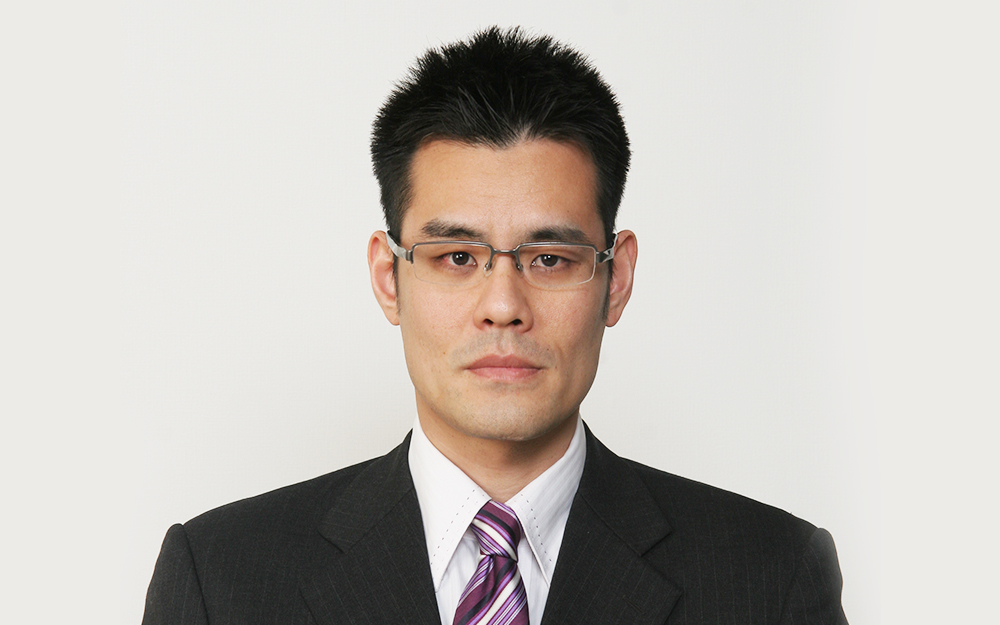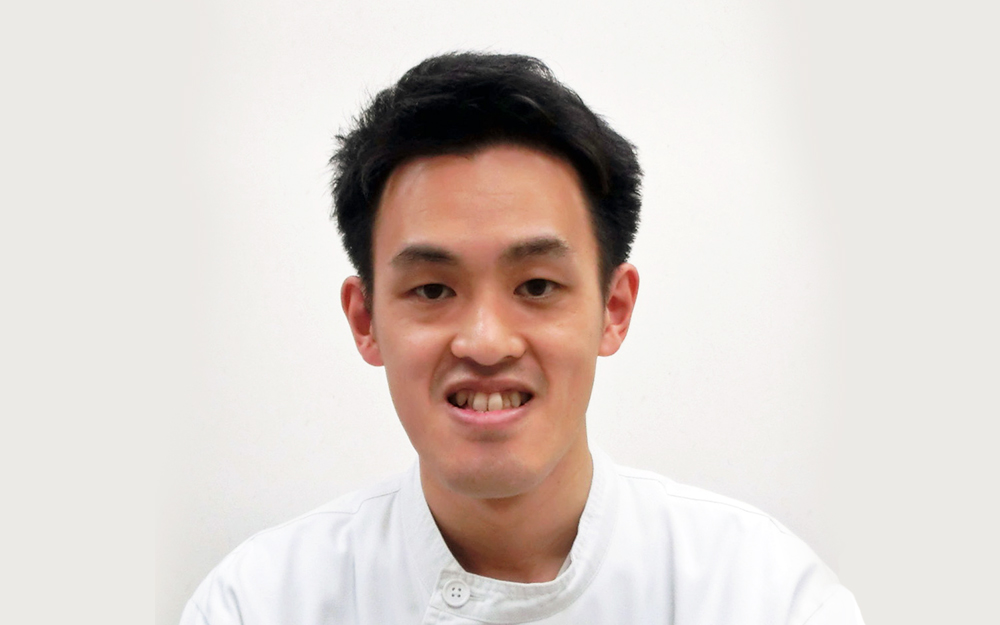PANELIST
「Extracorporeal Shock Wave Treatment」
Yusuke Iwahori /Professor, Orthopaedic Surgery, Aichi Medical University
THE 1st TOKYO INTERNATIONAL
SPORTS MEDICINE INNOVATION FORUM
Chronic pain caused by overuse of the body negatively affects athlete's performance and has been recognized intractable. However the progressive treatment procedures in recent years make it much easier for us to deal with it. We invite four specialists with different knowledges and experiences as the panelists and discuss the advantages of respective procedure.
PANELIST
Yusuke Iwahori /Professor, Orthopaedic Surgery, Aichi Medical University

Extracorporeal Shock Wave Treatment
ESWT is a non-invasive therapeutic tool with a substantial low risk of adverse effects, and has come into widespread and successful use to manage a variety of orthopedic conditions especially in athletes. Focused ESWT (f-ESWT) was obtained Japanese pharmaceutical approval in 2008, and covered by Japanese health insurance for plantar fasciopathy in 2012. Nowadays, both of the f-ESWT and radial ESWT (r-ESWT) are available in Japan and have been used in not only plantar fasciopathy but also many cases with off-label diseases.
The mechanism of action for ESWT remains uncertain, but it includes hyper-stimulation analgesia and possible stimulation of the healing process in damaged skeletal tissue. In regards to shock wave reaching range, r-ESWT is shallow and wide, f-ESWT is deep and narrow. From a standpoint of medical economy, f-ESWT is higher initial investment and running cost than r-ESWT. Concerning insurance coverage, f-ESWT is covered by insurance only for fasciopathy, on the other hand, r-ESWT could be made a claim on insurance for most of orthopedic painful disorders as an analgesic procedure in physiotherapy.
I would like to show several findings from our clinical experiences of f-ESWT in 212 cases and r-ESWT in 12 cases with a variety of orthopedic conditions. F-ESWT was effective for fracture healing as well as soft tissue pathologies, r-ESWT was useful to treat joint contracture and myofascial pain as well as tendinopathy. Furthermore, combination with physiotherapy provided synergetic effects.
Favor of either f-ESWT or r-ESWT, a different use of f-ESWT and r-ESWT depending on the condition, effect prediction, and optimal treatment protocol including times and interval of shots in each condition are still unknown and remaining task to work at.
PANELIST
Javier Gonzales Igresias / Hospital de Urduliz

CLINICAL TRIAL ABOUT THE THERAPEUTIC USE OF PLATELET-RICH PLASMA (PRP) FOR THE TREATMENT OF ACUTE MUSCULAR INJURIES IN FOOTBALL PLAYERS
Background
Our body has the capacity to heal or improve an injury with the platelets. And every platelet has hundreds of molecules, like cytokines and growth factors, taking action in this process. Platelet Rich Plasma could promote proliferation and migration of skeletal muscle cells.
Purpose
To evaluate the effect of PRP injection in muscle injuries. We check football players in the acute phase of hamstrings or quadriceps injuries.
Study design
Randomized clinical trial.
Methods
38 football players were included in our study. We use randomly PRP injection or a homeopathic product in muscle injuries (hamstrings or quadriceps), in the early stage (first 48-72 hours). One week later, we do a second infiltration with the same product, always ultrasound guided. 3-4 weeks after the injury, we check different variables to evaluate the ability to return to play: ultrasounds for the injurie, self-perception test, muscle strength, flexibility, jump, run. Furthermore, we evaluate the pain and the recurrence rate.
Results and conclusion
We will show the preliminary results in the first Tokyo international Sports Medicine Innovation Forum.
PANELIST
Tomohiro Matsui / Orthopaedic Surgery, Saiseikai Nara Hospital

Hyaluronic Injection
Over use injury often occur at tendon insertion where ability of tissue repairing is very poor. Furthermore, in the treatment of athletes, we should consider about schedule of the next competition, team condition, and so on. Those things make it difficult to treat athlete’s overuse injury.
We have some options for treatment of tendon insertion pathology (enthesopathy). Among them, we prefer ultrasound-guided Hyaluronic acid (HA) injection during the season to keep playing. The target in the treatment of enthesopathy is synovial connective tissue which include numerous small blood vessels and nerve cells. Histopathological study revealed that degenerative change like osteoarthlitis (OA) occur in the enthesopathy. It is because HA is hoped to treat enthesopathy.
In this panel discussion, I will present an overview of the current state of ultrasound guided Hyaluronic acid injection for athlete’s overuse injury with some cases presentation.
PANELIST
Yuji Okuno / Director, Okuno Clinic
